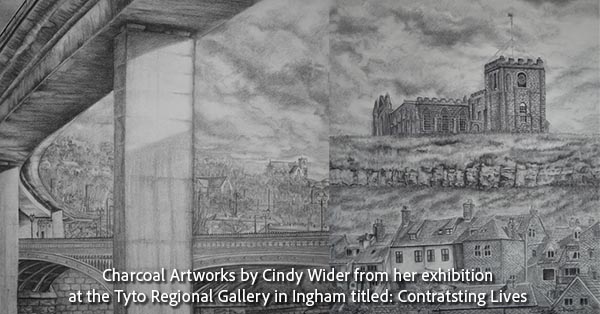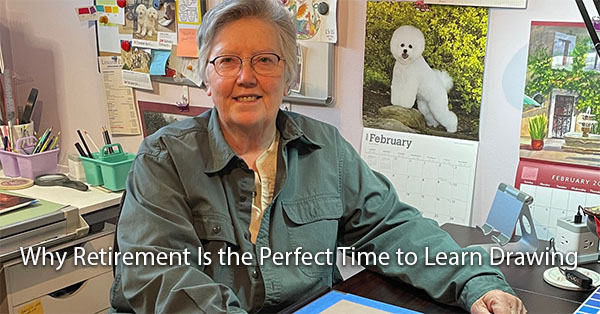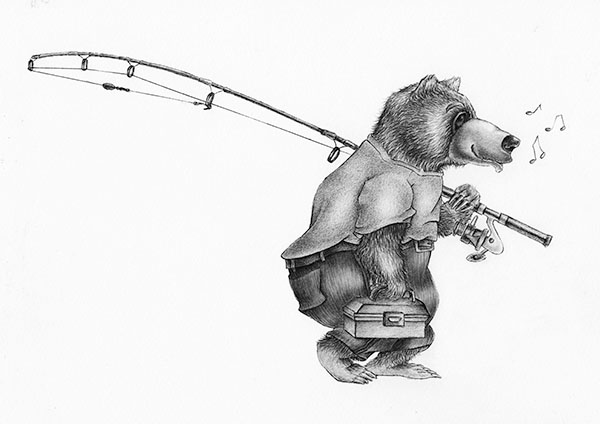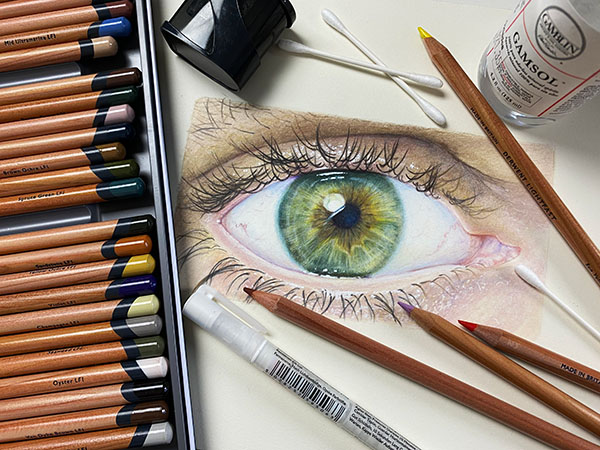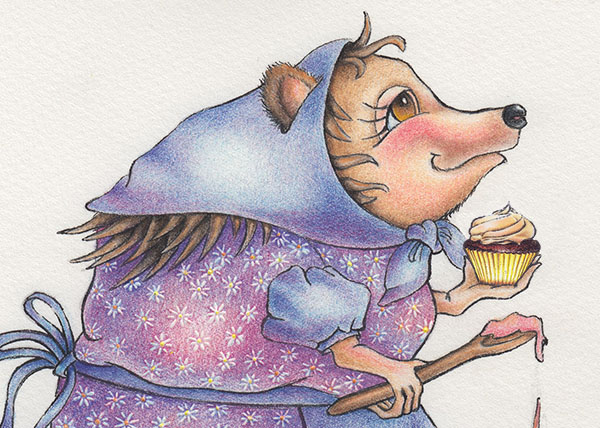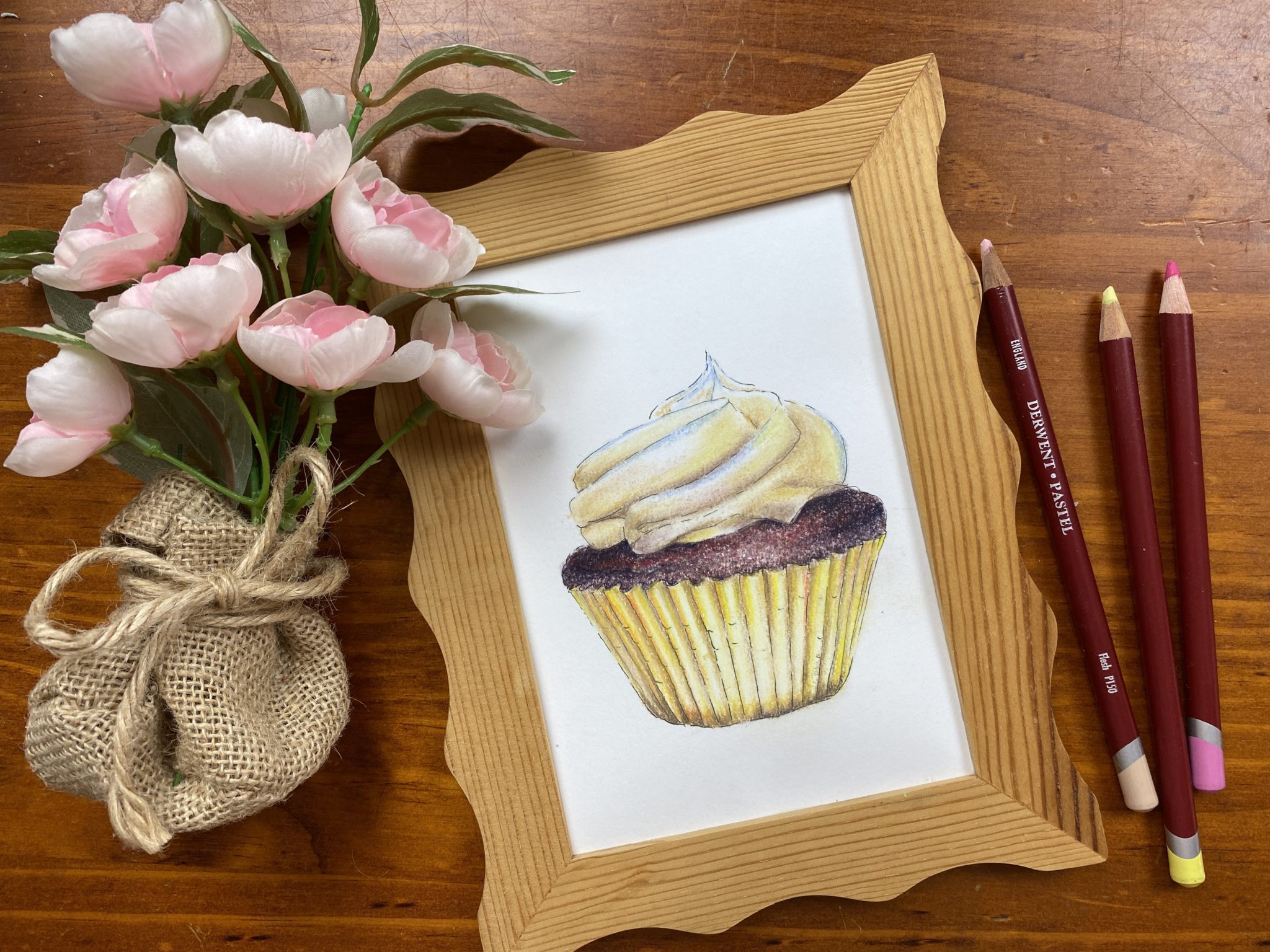
Rather than teaching you all the usual information which you’ll find all over the internet, I’ll be explaining how you can ‘think’ about drawing so your skills can improve rapidly.
Even though the physical act of drawing flows from your arm, to your hand and onto the paper with a pencil, the process of drawing actually begins in your mind. Thinking about drawing in the correct way before you start will get you to where you want to be faster.
As you do this you’ll discover that this beautiful skill of drawing is naturally within you, and, just like any other skill – reading, writing, driving a car, creating music or learning a new language, it can be learned…
…but it all starts from skills that you already have.
Adapting your thinking – The Cindy Wider Method
As you follow this series of posts you’ll learn about the Artist’s Language, which demonstrates many wonderful ways to adapt your thinking quickly and easily to help you improve your drawing. The Artist’s Language will give you a new way of thinking about the drawings that you are creating.
During this process, you’ll be calling upon Four Natural Abilities that most of us are born with and use every day, often without realising.
The Artists Language, Your Four Natural Abilities and their associated Major Comparisons Skills when combined are more formally known as The Cindy Wider Method.
Over a relatively short period of time, and as you learn to access your own artist’s language, you will quickly discover just how easy and natural it is for you to learn to draw. Then, with a little more practice and an opportunity for your skills to develop, you will be astonished to suddenly find yourself, with grace and elegance, drawing just about anything you please. So sit back, relax and enjoy the ride as I welcome you to the adventure of learning to draw!
Here’s what we’ll be covering:
- Your Four Natural Drawing Abilities
- Comparison of Angles
- Comparison of Tones
- Comparison of Sizes
- Comparison of Spaces
- What is the Artist’s Language?
- How to use the Artist’s Language: A Practical Introduction
- Helpful Comparison Questions for Angles
- Helpful Comparison Questions for Curves
- Helpful Comparison Questions for Sizes and Angles Together
- Helpful Comparison Questions for Tones
- Helpful Comparison Questions for Spaces
- Wrapping Up: Summary of the Artist’s Language
- Bonus Time: Drawing from Memory
So first, let’s talk about your Four Natural Abilities…


